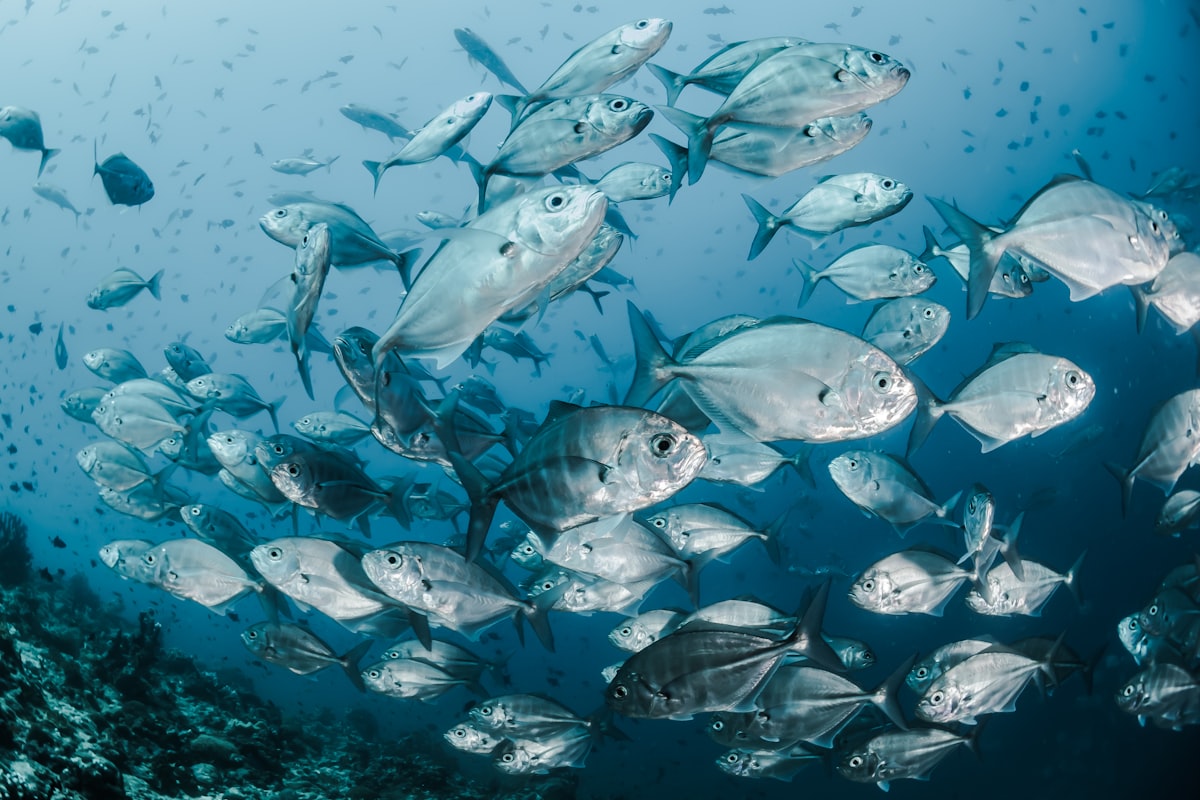Why are dead fish piling on Florida beaches?
Florida's beaches have seen more dead fish in recent years, worrying locals and tourists. The Gulf of Mexico, Atlantic Ocean, and Florida Keys have seen the event. Scientists have found numerous possible causes of these fish kills.

Over the past few years, there has been an increasing number of dead fish washing up on the beaches of Florida, causing concern for both locals and tourists. The phenomenon has been observed in several areas of Florida, including the Gulf of Mexico, the Atlantic Ocean, and the Florida Keys. While the exact cause of these fish kills is not always clear, scientists have identified several contributing factors that are likely to be responsible.
What is the role of the Red Tide?
One of the main causes of fish kills is red tide, a natural phenomenon caused by the proliferation of a specific type of algae known as Karenia brevis. Red tide blooms occur when nutrient-rich water, such as that found in estuaries or near river mouths, interacts with the algae, causing it to multiply rapidly. As the algae population grows, it releases toxins that can kill fish and other marine animals.
Red tide events have been observed in Florida for centuries, but their frequency and intensity have increased in recent years. Climate change, pollution, and agricultural runoff are among the factors that have contributed to the growth of red tide blooms. In addition to killing fish, red tide can also cause respiratory problems in humans, especially those with pre-existing lung conditions.

What about Hypoxia’s effect?
Another factor contributing to fish kills in Florida is hypoxia, a condition in which the oxygen levels in the water become too low to support marine life. Hypoxia can occur naturally, but human activities such as nutrient pollution and sediment runoff can exacerbate the problem. As excess nutrients enter the water, they can cause blooms of algae and other microorganisms, which consume oxygen as they decompose. As oxygen levels decline, fish and other marine animals are unable to survive.
Hypoxia is particularly prevalent in estuaries and other shallow water bodies, where the exchange of water with the open ocean is limited. In Florida, the most significant hypoxic zone is found in the northern Gulf of Mexico, where the Mississippi River discharges nutrient-rich water into the Gulf.
Why is excessive fishing harmful?
Overfishing is another factor that can contribute to fish kills in Florida. When fish populations are depleted, it can create imbalances in the marine ecosystem, leading to the proliferation of certain species and the decline of others. This can make the remaining fish more vulnerable to disease and environmental stressors.
It is all not about us. The weather does have a role as well:
In addition to natural and human-caused factors, weather events such as hurricanes and tropical storms can also contribute to fish kills. Storms can cause changes in water temperature, salinity, and oxygen levels, which can stress or kill fish. High winds and waves can also cause fish to be washed ashore.
Who is accountable?
The Florida Fish and Wildlife Conservation Commission (FWC) is responsible for monitoring and responding to fish kills in the state. When a fish kill is reported, FWC scientists collect water and tissue samples to determine the cause of death. If red tide is suspected, the FWC will issue a public health advisory warning people to stay out of the water and avoid consuming affected fish and shellfish.
To mitigate the impact of fish kills, several strategies have been proposed. One approach is to reduce nutrient pollution by limiting the discharge of sewage and agricultural runoff into waterways. This can be achieved through improved wastewater treatment, better agricultural practices, and the use of green infrastructure to absorb excess nutrients.
Another strategy is to improve the management of fisheries by implementing catch limits and other regulations to prevent overfishing. By maintaining healthy fish populations, the ecosystem is more resilient to environmental stressors such as red tide and hypoxia.
In the short term, beach cleanup efforts can help to remove dead fish and other debris from the shoreline, reducing the risk of public health hazards and aesthetic impacts. However, cleanup efforts are not a long-term solution, as they do not address the underlying causes of fish kills.
Education and outreach can also play a role in mitigating the impact of fish kills. By raising awareness, we will empower our upcoming generation. Conservation and awareness are critical factors in keeping the environment safe.


